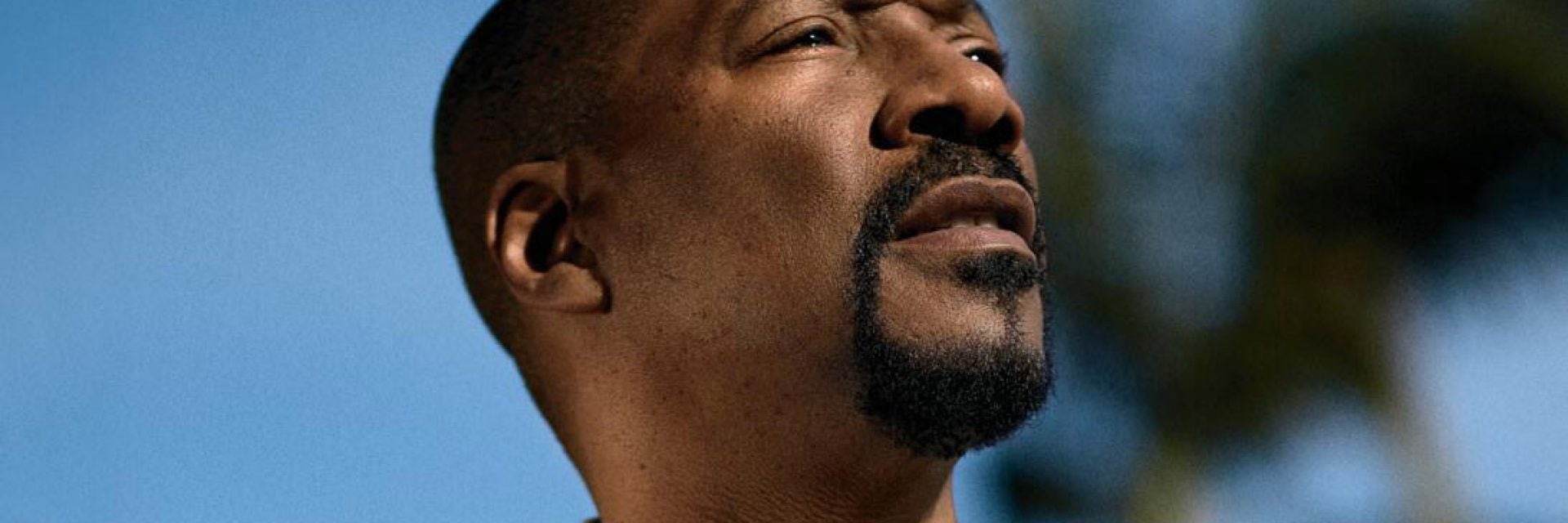This article originally appeared in the March/April issue of ESSENCE magazine, available on newsstands now.
During the summer of 1988, in the seemed-like-it-could-have-been-real fictional land of Zamunda, Africa, a charming prince named Akeem Joffer took his 21st spin around the sun and began to ponder the world outside of his royal confines. Those feelings intensified when he met his queen-to-be, who just wasn’t the right fit. Unlike his parents, he wasn’t down for an arranged marriage, no matter how beautiful the bride or lavish the ceremony. (Trust, that wedding would have been everything, but fate had other plans.)
As the story went, Akeem and his boy Semmi hopped on a flight to New York City and headed straight to the borough of Queens, in search of, well, a queen. And Akeem found her. After he won Lisa McDowell’s heart, the couple exchanged vows back in his homeland and rode off into the sun with the biggest smiles on their faces. Then the credits rolled and, as in most fairy tales, everybody lived happily ever after, right?
Just over three decades have passed since Coming to America hit theaters and scored more than $280 million at the worldwide box office. Because the movie has also remained a staple on the small screen, it seems that time has stood still for the Joffer family and the rest of the film’s beloved characters, such as the always-opinionated My-T-Sharp barbershop crew, the ever-creepy Reverend Brown and even R&B’s finest, Randy Watson, and his legendary band, Sexual Chocolate. The film—which included one of the fiercest dance entrances, choreographed by Paula Abdul—is as endearing and clever as ever; so the fact that its fan base has continued to expand, and now spans multiple generations and demographics, is not surprising. The film has become a true cult classic. Eddie Murphy knows it. And he’s proud, too.
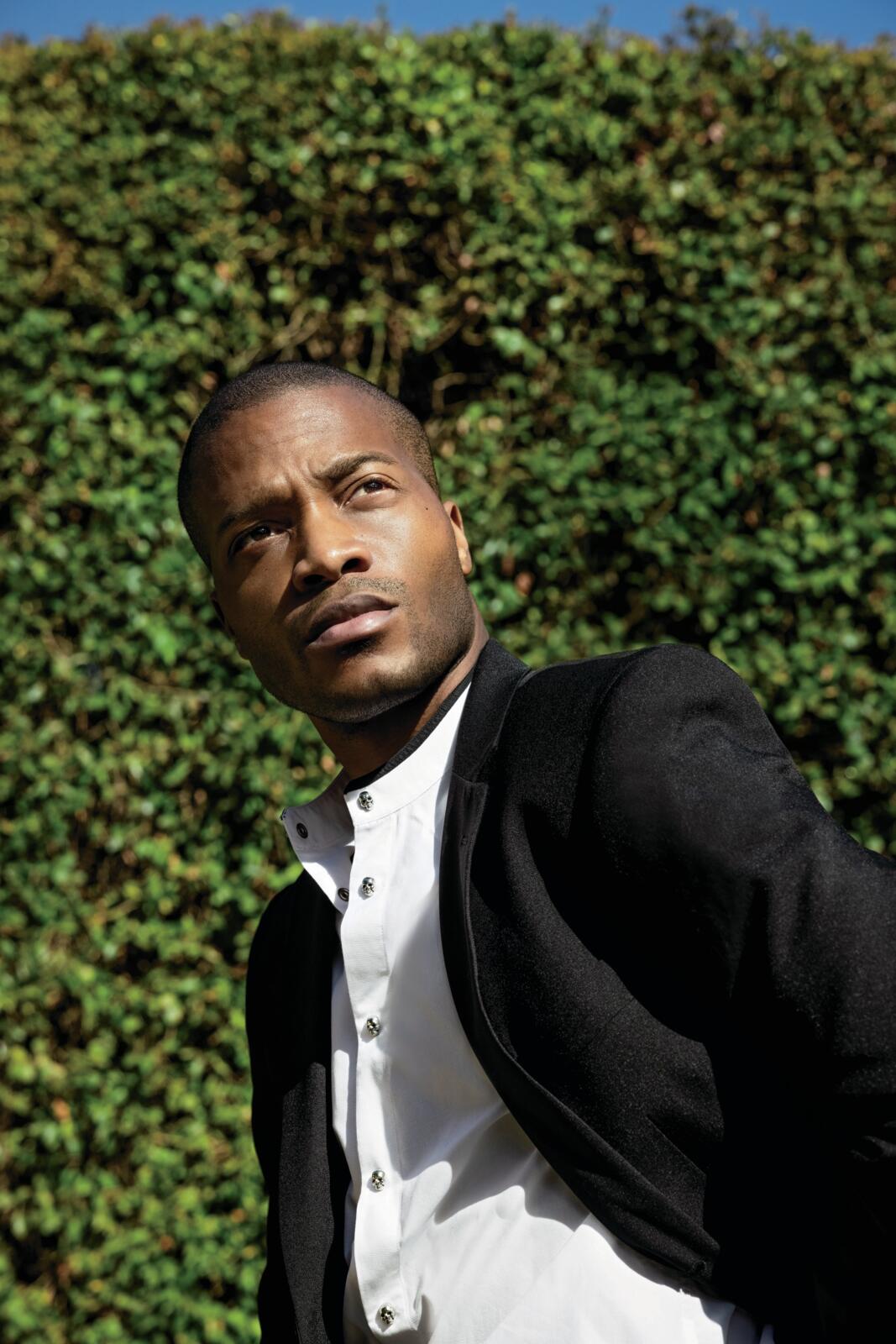
“Coming to America is one of my films that has really worked its way into the culture,” says Murphy, who was just 27 when the movie was released. “People get dressed up as the characters for Halloween, and they still walk around saying catchphrases like ‘Sexual Chocolate.’ All of that stuff just kind of stayed around—like Randy Watson doing the very first mic drop!” Who knew that off-key singing Randy—dressed in powder-blue polyester and expertly played by Murphy—was such a trendsetter?
For years there have been whispers about a possible sequel. There were questions, too. Should there even be a sequel? Will the original cast be back? “So many people grew up with Coming to America and have a lot invested in it, so I didn’t want to taint that,” says Murphy, who turns 60 in April. “Once the ideas started coming together, it took about four or five years to get the script all the way right. Once we got it right, I knew it was time.”
Arsenio Hall, 65, agrees. “A lot of people have posted about Coming to America and said things like, ‘Please don’t mess with my movie’ or ‘I don’t want no sequel!’” Hall says, referring to the comments he’s read online. “We’ve been pitched all kinds of ideas, but I remember reading the script in Eddie’s backyard and it was all making sense. That’s when I knew that this was going to be the sequel.”
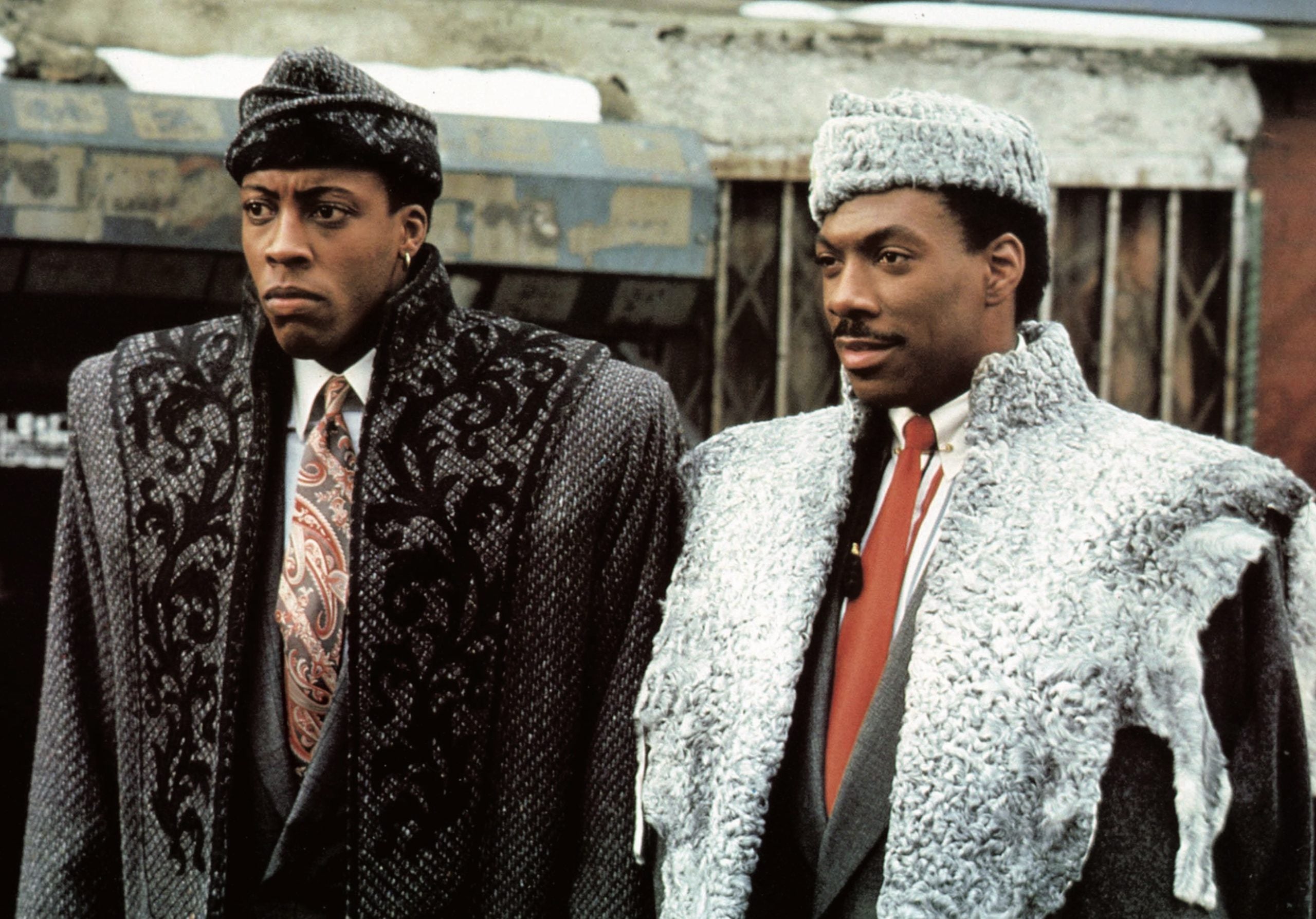
Joining Murphy and Hall—who both play multiple characters, just as they did in the first go-round—is the original gang, including James Earl Jones, Shari Headley, John Amos, Garcelle Beauvais, Paul Bates, Clint Smith and Louie Anderson. New to the fold are Jermaine Fowler, Wesley Snipes and KiKi Layne, plus Leslie Jones, Tracy Morgan, Nomzamo Mbatha, Akiley Love and Eddie’s real-life daughter Bella Murphy, among others.
“We have more comics than ever,” Murphy notes, referencing fellow comedians Luenell, Rodney Perry, Trevor Noah and Michael Blackson. “There are just a lot of us in this movie.”
What Happens at the Palace
Coming to America premiered to packed movie houses on June 29, 1988; and now, 33 years later, the sequel arrives in the midst of a global pandemic. Due to COVID-19 restrictions, Coming 2 America—like most films released in the past year—will be available via streaming, beginning March 5, on Amazon Prime. And because social distancing has become the norm, cast interviews for this sequel were conducted via phone and Zoom, while publicity photo shoots were stripped down to the bare minimum— especially for Murphy and Fowler, who posed for photos at their homes. Even so, the buzz surrounding the film has been intense.
When the casting was first announced, faux movie posters started popping up all over social media. Fast-forward to the week before Christmas, 2020, when the official movie artwork and trailer dropped. The Internet went wild all over again. “I’m as excited as the audience and have no doubt that this will be a film that people will love,” says Shari Headley, 56, who returns as Akeem’s queen. “I’ll venture to say they’ll love it even more than the first one.”
Along with the excitement that came with seeing familiar and new faces—as well as the costumes, designed by Academy Award–winner Ruth E. Carter, and the choreography by Fatima Robinson— fans were amped about Wesley Snipes, whose energy as Akeem’s nemesis, General Izzi, nearly leapt off the screen. Being cast was a full-circle moment for Snipes, who had auditioned to play Darryl, Lisa’s former boyfriend and heir to the Soul Glo haircare empire, in the first film.
After working with Murphy, Carter and director Craig Brewer on Dolemite is My Name, Snipes, 58, was asked by Brewer if he’d be interested in joining Coming 2 America.
“I was like, ‘Whatever the role is, I want to be in it,’” he recalls saying. “Later, I was told that I was going to be a General—but really, I could have played a zebra and been just fine.”
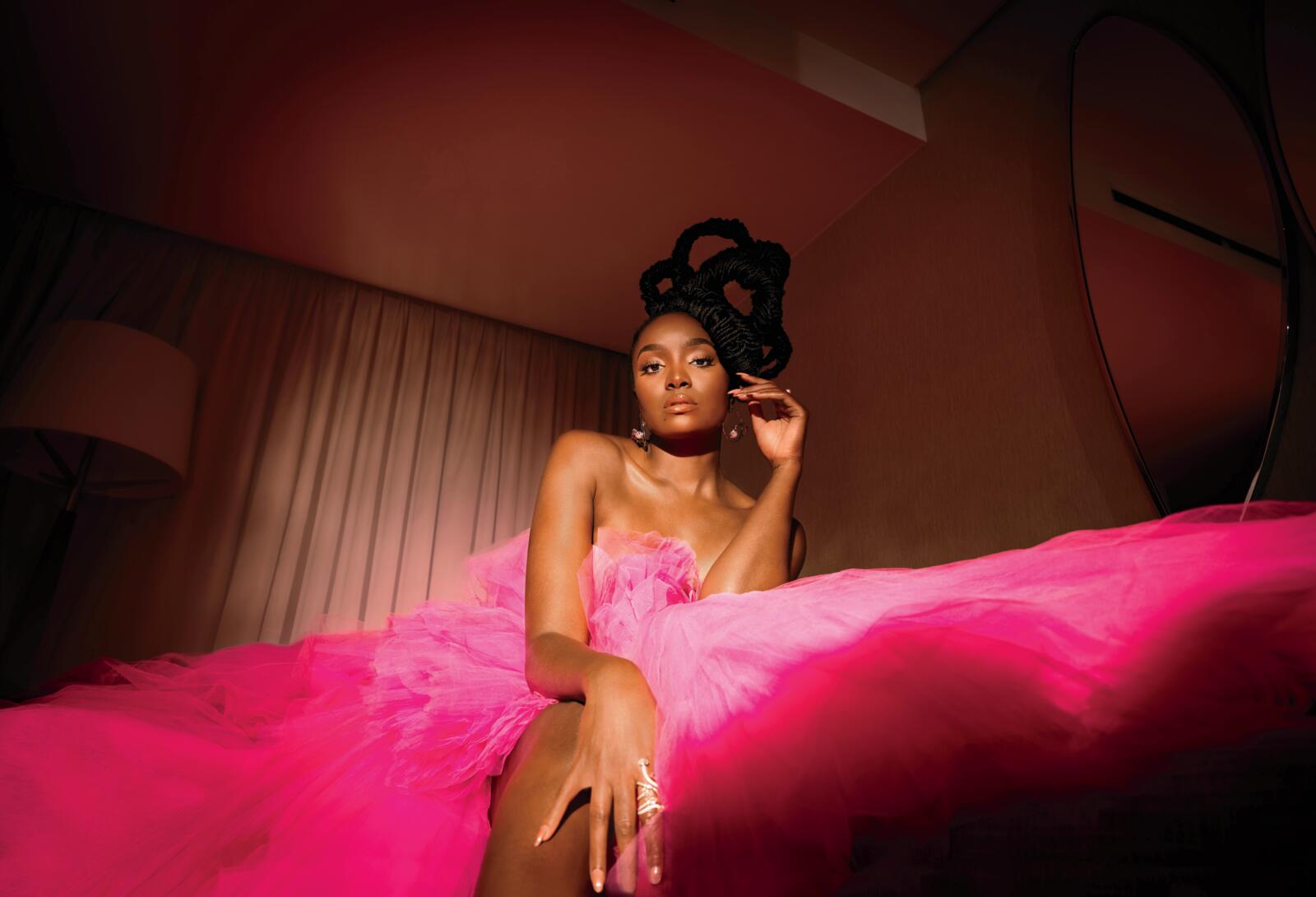
Meet the Joffers
Thirty years of marital bliss look damn good on Akeem and Lisa, and they’ve also expanded their family with three daughters: Meeka (KiKi Layne), Omma (Bella Murphy) and Tinashe (Akiley Love). Each of the princesses, who are the pride and joy of Zamunda, have mastered the art of sparring with their dad—rather fearlessly, too.
KiKi Layne, 29, stars as the statuesque eldest princess who should be the natural choice as the heir to the throne—but it’s complicated. “Meeka is loyal to her family,” Layne says. “I’m interested in showcasing strong Black women—and being a part of this film was an opportunity to play in such a classic world and also to work with straight-up legends, all the way around.”
“Omma is super-smart, a little bit of a badass, and she’s super-cool,” says Bella Murphy of her role as the Joffer’s middle daughter. The 19-year-old actress first saw the original film as a tween and was awed. And while she admits to being nervous about tackling her audition and training for the physical scenes, she put in the work and watched and learned. “Being able to do my first film with my dad is really special,” she says. “I’m over the moon.”
Not to be outdone by her older sisters is Tinashe, portrayed by 12-year-old Akiley Love. As the baby of the bunch, she watches closely and listens keenly to all of the happenings in her family. Plus, she knows her ancestry like the back of her hand.
Zamunda is thriving, and of course McDowell’s has set up shop in town, with Cleo still peddling new menu items that are not like McDonald’s—just like old times. Something else that hasn’t changed is the country’s rigid, antiquated patriarchal system, especially as it relates to the throne. In short, as an ailing King Joffer often reminds Akeem, a proud girl-dad, the throne is to be passed to a male heir.
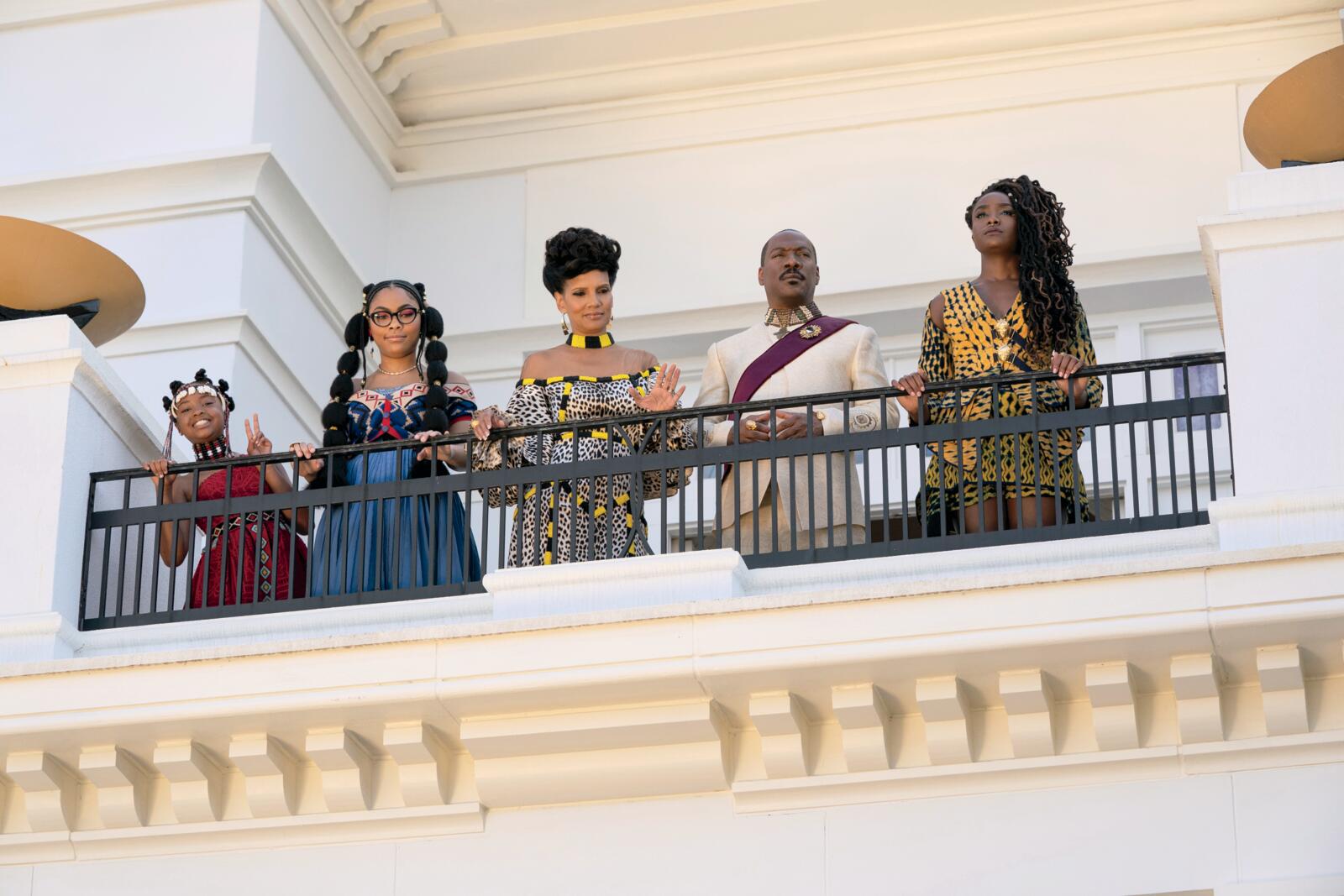
On top of that, Akeem is constantly trying to keep General Izzi, who leads Zamunda’s neighboring country, named—wait for it—Nexdoria, off his back. Without giving too much away, we’ll say that the branches of the Izzi family tree include Bopoto (Teyana Taylor) and Idi (Rotimi), as well as his sister Imani (played once again by Vanessa Bell Calloway), whom we last saw barking like a dog over 30 years ago. In short, General Izzi is laser–focused on causing havoc and doesn’t care who catches the heat. Oh, but there’s more.
What’s Old is New
Like most families, the Joffers have their share of ups and downs—but when Akeem learns that he has a son named Lavelle who lives in New York, he immediately makes plans to return to the States to locate him. He also has to break the news to Lisa and his daughters. Drama ensues. For 32-year-old Jermaine Fowler, landing the role of Lavelle was a dream come true—but also bittersweet. His mom, Marsha, passed away in 2017—and she, like Fowler, always loved Eddie Murphy. He counts Murphy as an inspiration. Talking about the experience makes Fowler smile—and then brings him to tears.
“In some ways, Lavelle reminds me a lot of myself when I was growing up and trying figure out life,” he says of what he channeled into the character. “As a fan of the original film, I was honored to be a part of this whole world—but when they told me how Lavelle becomes part of the story, I just laughed my ass off and thought, All right, let’s do it.”
Fowler, who had a memorable role in the quirky comedy Sorry to Brother You, has a fan in Murphy, too. “We wanted somebody who could be funny and be touching, somebody who you’d want to see find love,” Murphy says of the rising star. “Jermaine is that versatile.”
Back in the day, when Akeem waved that magnifying glass over a world map and decided that he and Semmi would venture to Queens, little did he know that his first child would be conceived there. But that’s exactly what happened, after a night of clubbing and an encounter with a stranger named Mary—played, hysterically, by Leslie Jones. Akeem doesn’t quite remember her, nor does he have a precise memory of the events of that fateful night. Murphy does explain how recreating that scenario came to be.
“I was watching one of the more recent Terminator movies, where they made Arnold look young, and it really looked like it was him,” Murphy recalls. “I remember thinking, Yo, we can use that technology. That’s where the idea came to go back to that night when Akeem and Semmi were out in the club, meeting all of those girls. That’s how we connected the dots.”
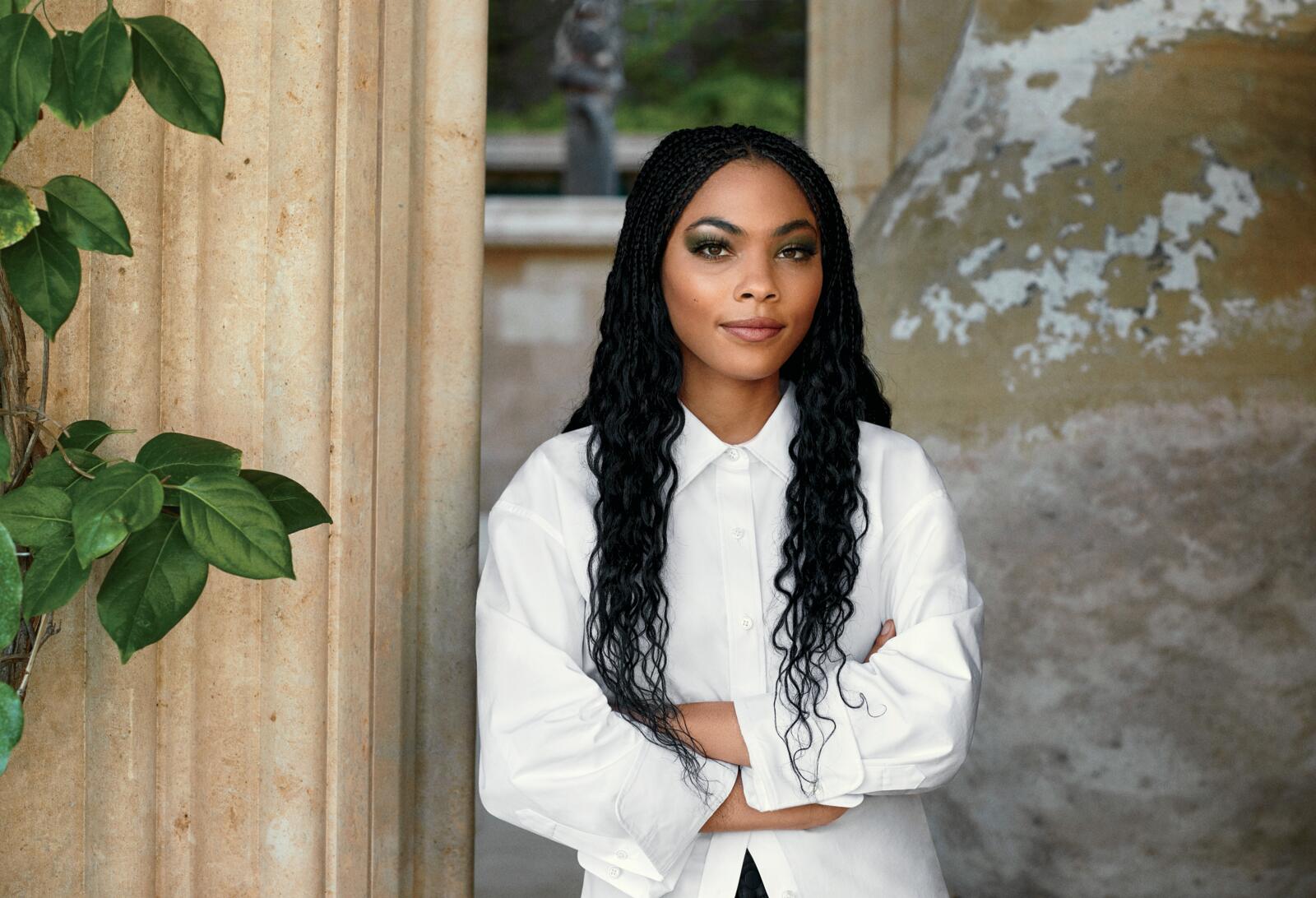
Aside from Akeem and Semmi looking like their younger selves for a moment, the story has advanced to present day— which means that everybody is more mature. That includes the barbershop crew, who are all a bit rounder in the face, a little fuller in the belly, and, as expected, still cracking each other up. At the mere mention of the barbershop, Hall thinks back to one of his favorite ad-libs—as Morris, from the first film, which was directed by John Landis. “I remember the night Landis gave me a second take and said, ‘Okay, do it the way you want.’ That’s when I said, ‘His momma named him Clay, I’mma call him Clay,’” he says, laughing about that hilarious debate over whether to refer to Muhammad Ali by his chosen name or his birth name, Cassius Clay.
From the barbershop to McDowell’s, from the streets of New York City to the palace halls of Zamunda, every set is graced by characters, who are impeccably styled. That’s the magic of Ruth E. Carter. “Ruth is an American treasure,” Snipes notes. “That ‘E’ in her name is for ‘Excellent.’”
For Carter, whose film credits include Malcolm X, Do the Right Thing and Black Panther, the latter for which she won an Academy Award in 2019, designing the costumes for Coming 2 America began with research.
“After looking at the first film again, I thought about what people loved most—and also how we could appeal to people who might not have grown up watching the original,” she says. “One of the things that people remember was the ‘lions on the shoulder’—but for this film, which is cruelty-free, the lions were 3D-printed.”
Along with modernizing the costumes and incorporating richer fabrics, Carter created a royal print that appears on Akeem’s jackets, coats and robes. She also collaborated with the cast, to ensure that everybody looked their part and loved their costumes. “We really tried to create a Zamunda that was fun and colorful and vibrant.” Mission accomplished.
Fairy Tales Do Come True
Coming 2 America checks off so many boxes. There’s comedy, a dash of drama, breathtaking costume design and, of course, lots of love. One of the film’s most tender scenes, however, is when homage is paid to Akeem’s mother, Queen Aoleon Joffer—portrayed by the late actress Madge Sinclair, who passed in 1995.
For the original cast and day-one fans of the film, returning to the story is like a reunion. For the newest cast members, it still feels like a pinch-me moment.
When asked what he might say to his younger self, back when he was recording scenes from Coming to America on his phone, Fowler says, “Guess what? One day you’re going to be in the sequel to this movie, alongside your idol. Make sure to be present—and have some fun!”
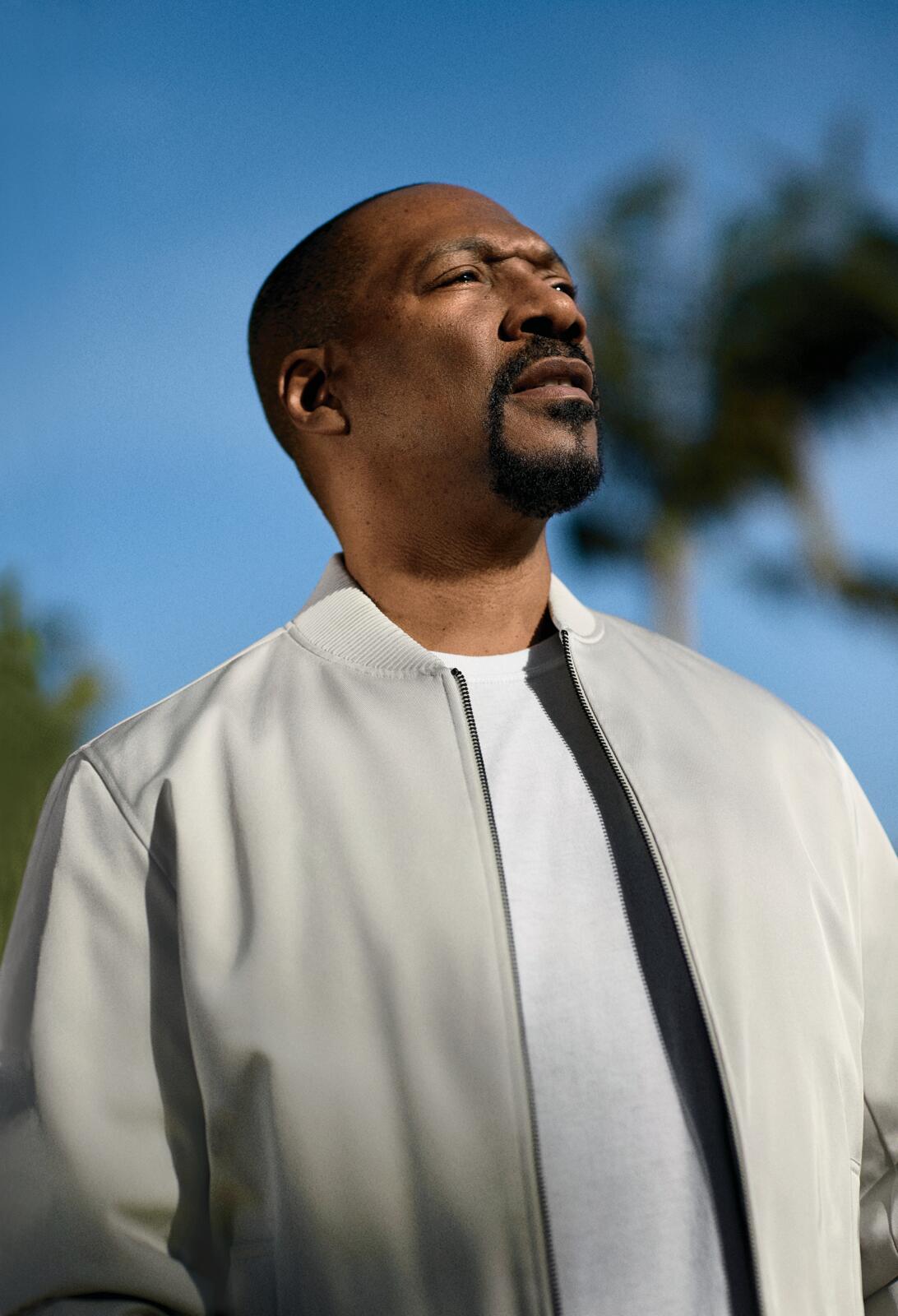
Layne, who had yet to be born when the original film was released, shares a similar sentiment: “‘You are already a princess,’ I’d say, ‘but one day you’re going to be the princess of Zamunda!’”
As for the legacy of the film franchise, Murphy sums it up succinctly. “Coming to America is unique, it’s rare,” he says. “It’s a romantic, fantasy comedy with an all-Black cast—and as Black people, we don’t get a lot of movies like this. Rarely do we get to experience escapism, to see a movie and not have to think about anything heavy. I think that’s why we love it.”
And the takeaway? Just like the extended royal family of Zamunda, we all deserve to be loved and live our own kind of happily ever after.
Regina R. Robertson (@reginarobertson) is an ESSENCE Contributing Editor, a scriptwriter and the author of He Never Came Home. A proud “queen from Queens,” she is based in Los Angeles.

